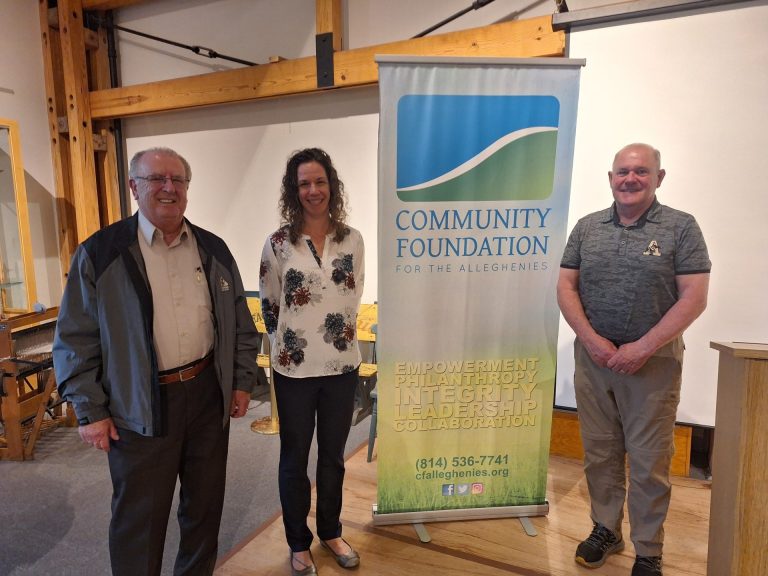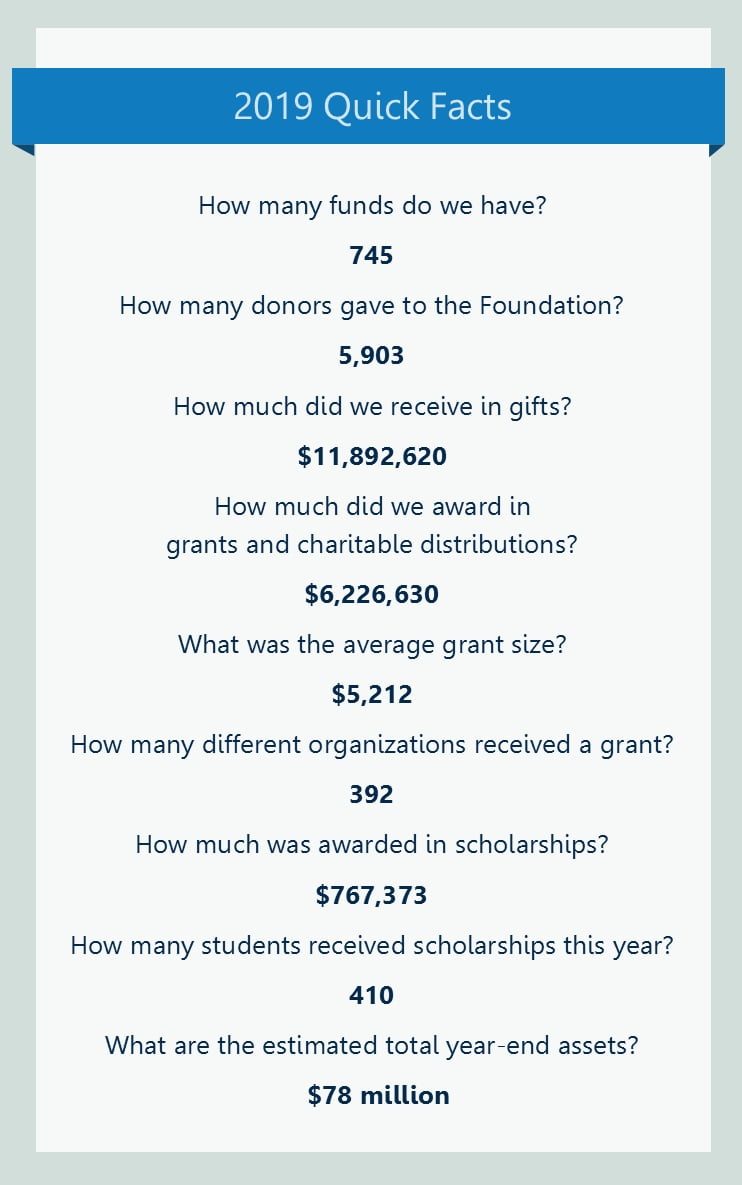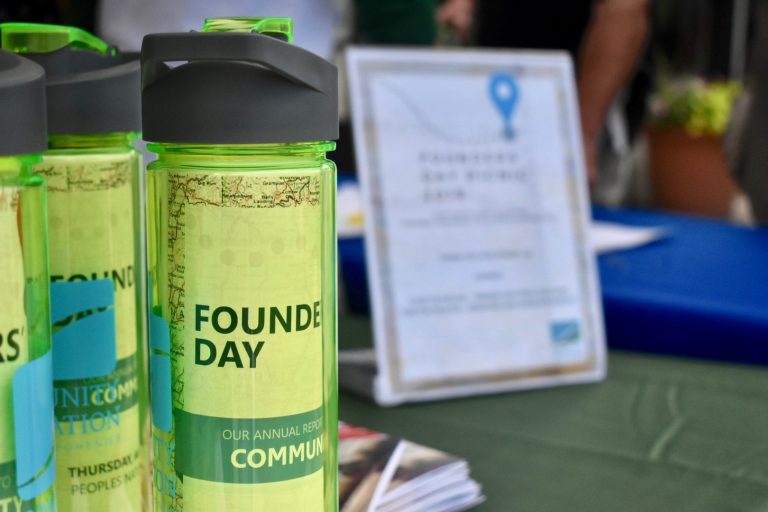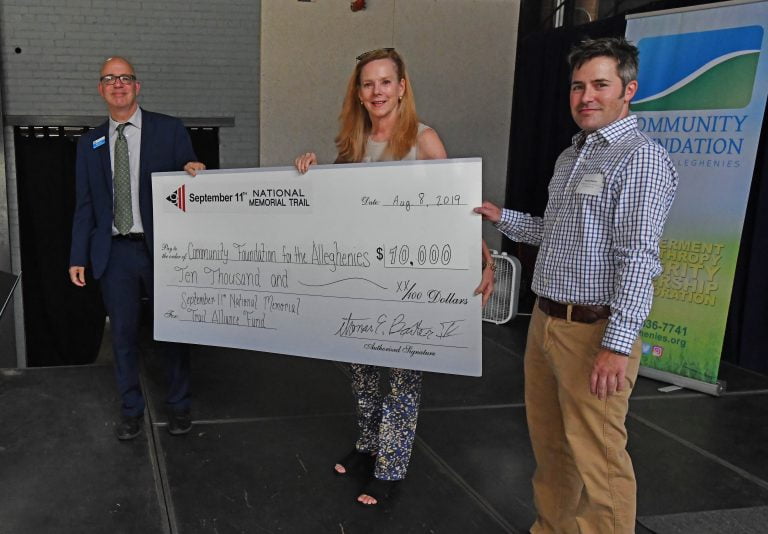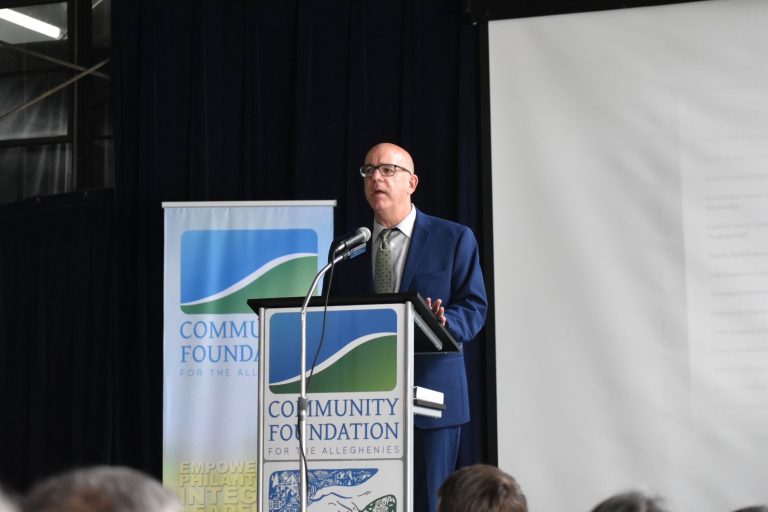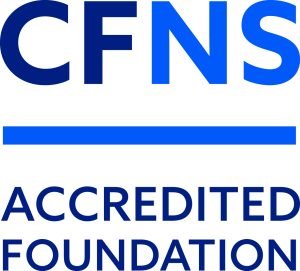More than 2.3 million people in the United States live in low-income, rural areas that are more than ten miles away from the nearest supermarket. These deprived areas are known as “food deserts,” and Cambria, Somerset, and Bedford counties are replete with them. However, various efforts are springing up across the country to make food easily accessible to those living in these vapid areas and these oases are the key to living in a desert.
All across the United States, efforts have been made to reduce the hardships of those who live in these under-resourced areas. In the Bronx, in New York City, the Green Bronx Machine has created numerous green spaces, community gardens, and nutrition classes to combat the food insecurity issues that living in a food desert can cause. On the West Coast, the Oregon Food Bank, in addition to providing feeding programs to those in need has Learning Gardens in Portland and Beaverton that educate food-insecure individuals on how “to grow a portion of their own food on a limited budget.” If individuals living in a food desert are able to become self-sustaining and no longer reliant on the grocers that have not chosen to populate the neighborhoods in which they reside, the negative effects of living in a food desert will be diminished.
One of the under-resourced communities in Johnstown, Prospect, has been a food desert yearning for an oasis for quite some time. However, that has changed and the community of Prospect will be better for it. The Greater Prospect Co-Op Store, located at 110 William Penn Ave., provides locally grown, fresh fruits and vegetables and other groceries, along with a Laundromat in an adjoining room. The building was designed to meet LEED (Leadership in Energy and Environmental Design) standards, making it one of the few buildings in the area to meet the high standards set by the US Green Building Council to be considered an environmentally friendly building. I personally have been in Prospect a few times and this is something they truly need. It is a perfect example of an oasis in a desert.
If such a beautiful oasis can flourish in such a vapid food desert as Prospect, imagine what can exist that you are unaware of in your local food desert. Do your research. Do you live in a food desert? Are there any “oases” planned or in existence? If not, what can you do to combat the problems they can cause? Also, consider if your plan is viable. Visit the area. Is food truly hard to come by in the area? “Food desert” status is not the only issue at hand when combating food insecurity, but it is one that should not be ignored. Helping individuals achieve complete sustainability should be a key goal for anyone hoping to combat food deserts and the insecurity the cause. Work for individuals not to only have food security, but also food sovereignty.
One team of the 2014 Youth Philanthropy Interns supported a program through the Flood City Youth Fitness Center’s “Safe Haven” to create a sustainable nutritional education program for under-resourced children. Read more about the KEYS grant award here.
— Jonathan Skufca, CFA Youth Philanthropy Intern

